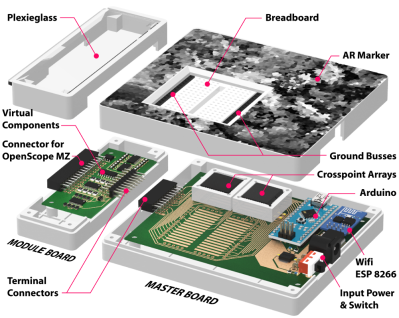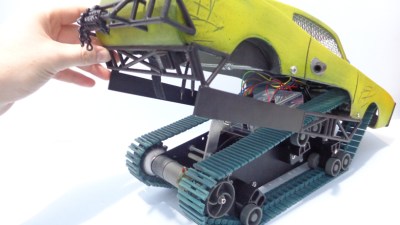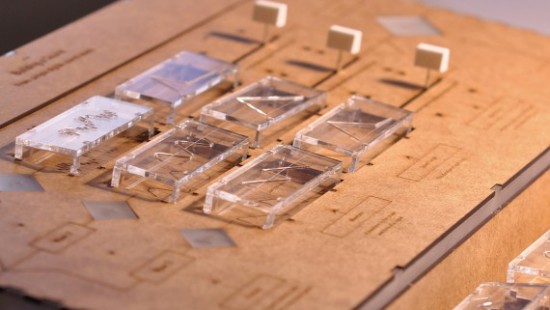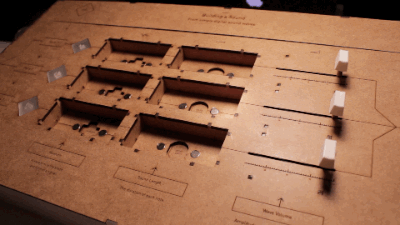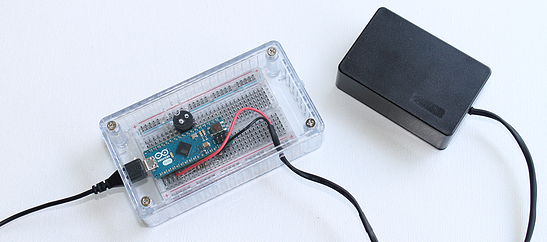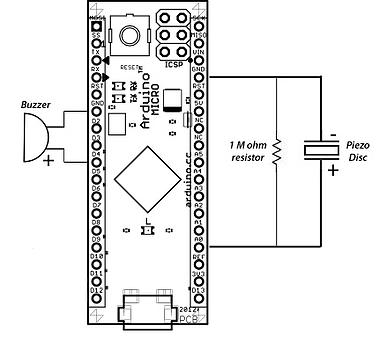03
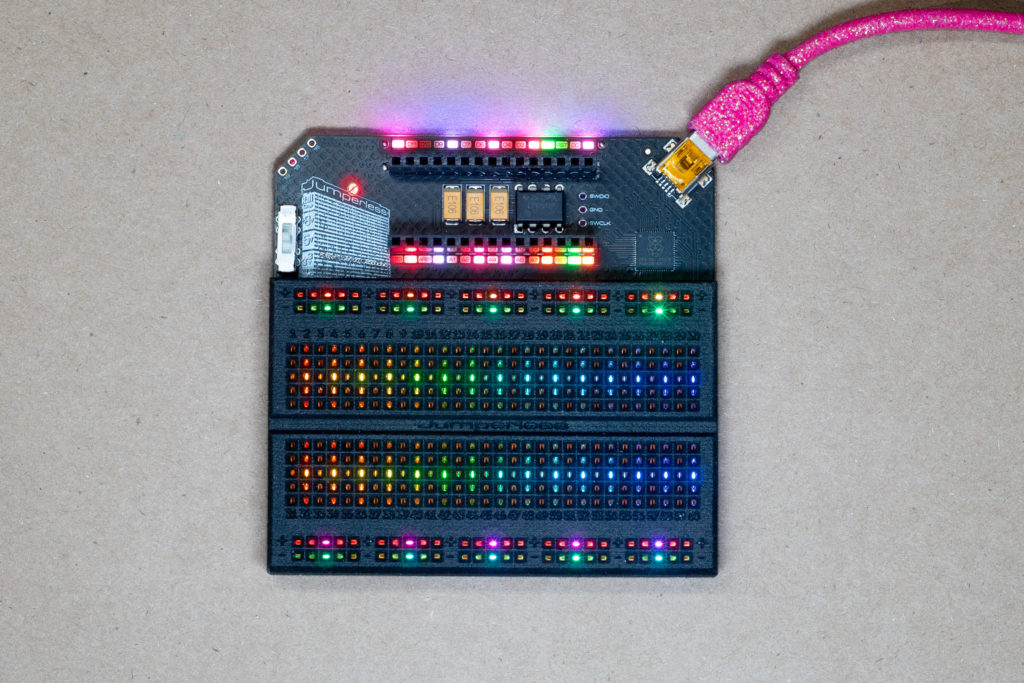
Most makers start their initial electronics prototypes on a breadboard, which is great for quickly setting up temporary circuits. But forming the connections requires jumper wires and even a basic project quickly becomes a rats’ nest of wiring that is difficult to manage. Tracking down issues within that tangle of wires is a massive headache, which is why Architeuthis Flux designed this jumperless breadboard to make prototyping a breeze.
In some ways, the aptly named Jumperless is similar to an FPGA. That’s because it allows for real hardware connections that the user can reconfigure with the push of a button. But Jumperless trades the power and flexibility of an FPGA for ease of use. Instead of the thousands of logic blocks you get in an FPGA, Jumperless gives you just enough to mimic a traditional breadboard. The benefit is in the user-friendly setup. Using a simple netlist file, users can specify which rows on the breadboard should connect to each other and which should connect to the pins of an Arduino Nano board.
This works using a whole bunch of analog crosspoint switches set by an RP2040 microcontroller based on the netlist file. The PCB contains a plethora of RGB LEDs to indicate which connections are active, as well as information about those connections. To use Jumperless, you simply plug in your components and then enter the connecting rows or Arduino pins via a Wokwi CLI (Command Line Interface) that creates the netlist file for you.
If you want Jumperless, it is available on Tindie for $299. Or, because this is an open source project, you can build one yourself using the files on GitHub.
The post Jumperless breadboard makes prototyping a breeze appeared first on Arduino Blog.


